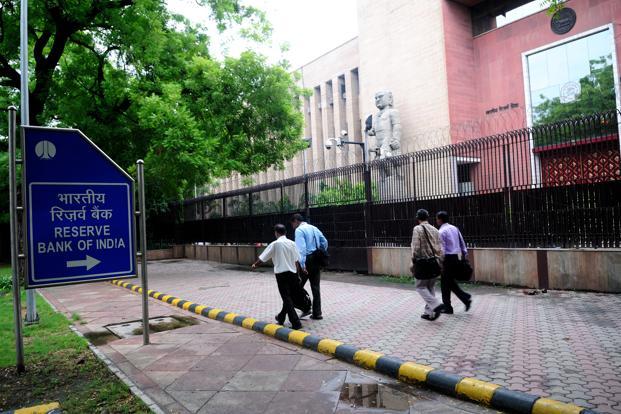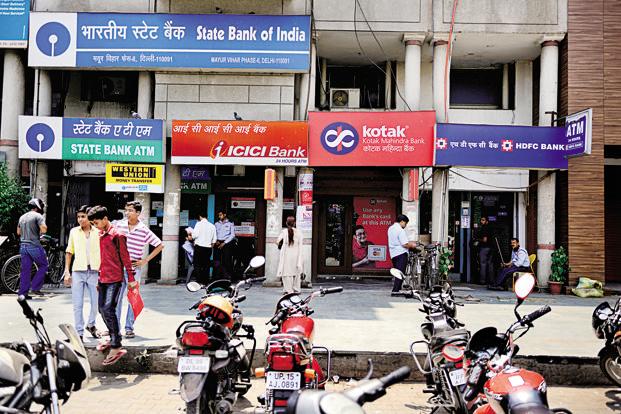My last column, Are Indian banks heading for a crisis?, has evoked extreme reactions from many. The head of a large foreign bank has found it interesting but a senior public sector banker says I have sensationalized the issue as state-run banks are adequately capitalized to take care of bad assets. He also doesn’t see anything wrong in restructuring loans. “How many times was Eurotunnel’s debt restructured?” he asked me. The problems for the tunnel that runs between between the UK and France started even before its construction had started because of a miscalculation of supply and demand. The company, Groupe Eurotunnel SA, was formed in August 1986 and the tunnel was opened for traffic in May 1994 by Queen Elizabeth II and the then French president, François Mitterrand. After 13 years, it announced its first net profit, €1 million, for 2007.
A banking analyst brings in an altogether different dimension to the debate on loan restructuring by hinting at something which is extremely sensitive—a sort of taboo to discuss. He doubts the integrity of some of the professionals involved in such deals. “Intermediaries (read brokers) visiting bankers on behalf of companies seeking loans has been a regular sight on the corridors of many banks; but now we find many such intermediaries working on loan recast deals,” he says.
For obvious reasons, I will not name anybody but there are bankers who compromise for small and big gains. A finance ministry bureaucrat sometime back told me that he was keeping a close watch on a bank chairman as they had heard that his wife was doing “deals” with corporate clients on her husband’s behalf. Similarly, a consultant once told me that while a deal was being struck with a foreign partner for a joint venture by a public sector bank in the financial services space, the chairman asked him point-blank what’s there in it for him.
In every profession, including journalism, there are a few rogue professionals; and banking is no exception. There are many ways a banker can end up compromising integrity. For instance, a company which is not apparently credit-worthy can get a loan; and another, which is entitled to get a loan at say 13%, can manage to raise money at 12%. The bankers involved in clearing such deals can earn a cut from the corporate clients. Also, a consultant who gets loads of work from a bank chairman or a company which gets too much “favour” wouldn’t mind returning it by looking after the professional’s needs after his retirement out of gratitude. The other way of doing this is offering their children plum jobs. This route can be used not only by bankers but also by bureaucrats and regulators.
And there are other less complex ways of earning a little bit of extra money. Frequent overseas travel is one of them. Even the executives of those banks which don’t have any overseas presence can always travel abroad to explore opportunities and address investors. And one can always take a flight on a Friday for a Monday meeting to pocket a bit extra daily allowance.
I am sure that only a few bankers do such things; but that can be stopped if the government decides to pay them market-related salary and a share of profits. Their salary structures should be delinked from the bureaucrats’ as both job profiles are very different.
A public sector banker who manages four times the balance sheet of a private bank would always hate to earn one-fourth, or even lesser than, the salary of his private sector counterpart. The best way to solve this is to give them big bucks and keep them under strict surveillance—something that Singapore does for its bureaucrats.
Interest on cash reserve ratio?
The State Bank of India chairman wants interest on cash reserve ratio (CRR), or the portion of deposits that the commercial banks need to keep with the central bank. The finance ministry has already started discussing this with the Reserve Bank of India (RBI) even though there is no pressure, RBI insiders insist. Currently it is pegged at 4.75%.
Till 2007, RBI could raise CRR to 20% and the floor was 3%. Now there is neither a floor nor a ceiling for CRR. RBI also stopped paying interest on CRR in 2007 when the rate was 3.5%.
CRR is a monetary tool. RBI raises CRR to drain excess liquidity from the system when it wants to follow a tight money policy to rein in high inflation.
Conversely, it cuts CRR to release money in banks’ coffers. This brings down the cost of money and makes more money available with banks to lend.
Currently, for every Rs.100 deposit that banks raise, they need to keep Rs.4.75 with RBI. In 2008, they were keeping Rs.9. In some sense, CRR is a bad asset for banks as they do not earn any interest on this. It affects both the banks and their customers. Since there is no interest on the CRR balance kept with RBI, it hits banks’ profitability. For the same reason, they tend to price the loans higher (to recover the lost interest on CRR). It’s natural that banks would love to either earn interest on CRR or keep no CRR at all with RBI.
If, indeed, interest is paid on CRR—and that, too, at 7% (the rate at which banks borrow from RBI)—which the finance ministry is pushing for—then CRR’s effectiveness as a monetary tool will disappear as the interest earned on CRR balance will be a large part of the money kept with RBI. If the ministry forces RBI to pay interest on CRR, then it should raise its level to keep it effective.



